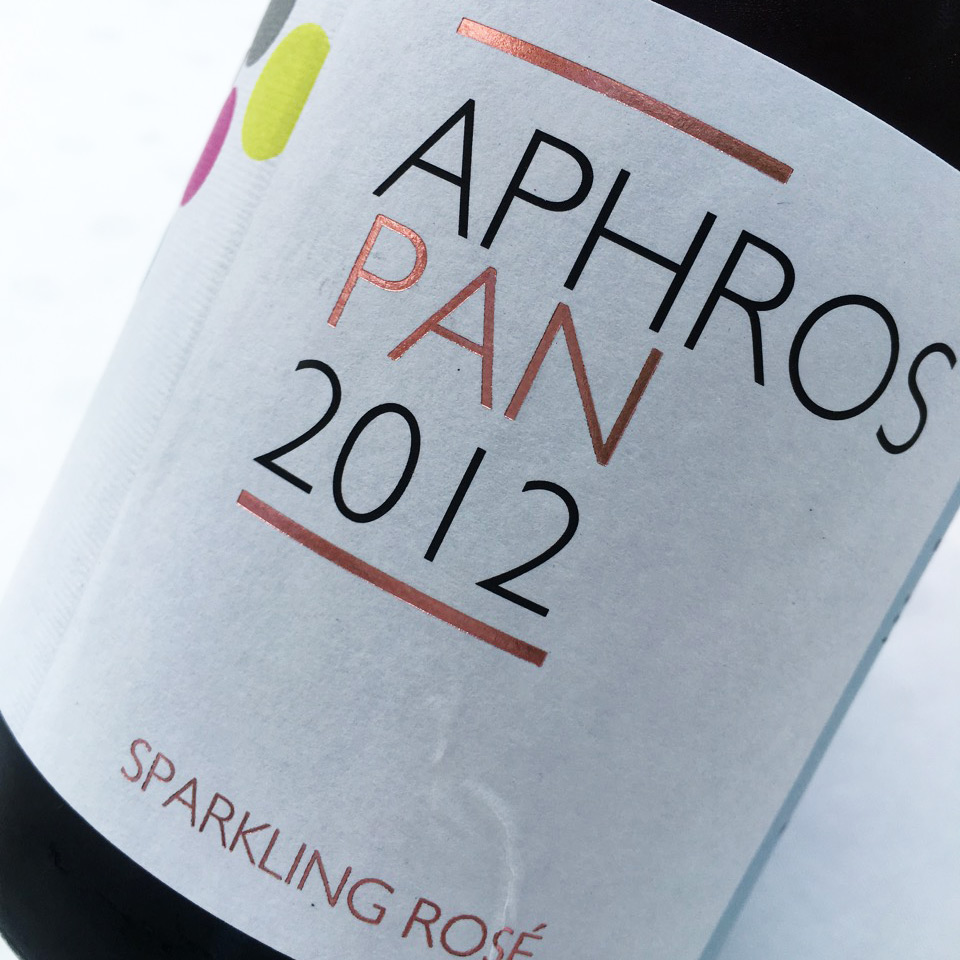French term for a an ancient or ancestral style of sparkling wine made by bottling still-fermenting juice and allowing it to finish to dryness in bottle.
Carbon dioxide gas created during the finishing step gives the wine effervescence, while the spent yeast gives it a hazy cast. Some producers disgorge the bottles to purge the wine of this sediment, while others prefer to preserve its savoryness and texture. The wine may sometimes have a touch of residual sugar.
It’s commonly held that the ancestral method of sparkling winemaking is a happy accident, the result of producers bottling their wines in winter after fermentation stopped but before they were fully dry. In spring, when the wine warmed up, the yeast reawakened to finish off the remaining sugar, and if they were lucky, the bottles would not explode from this gas pressure. It wasn’t until the development of coal-fired glass manufacture in the 17th century CE that the glass would reliably hold.
Méthode ancestral winemaking is far less involved and time consuming (and consequently less expensive) than traditional method winemaking, which requires the winemaker first to ferment the base wine dry, then bottle the wine with a sugar and yeast addition.
Synonyms include méthode rurale and pétillant naturel (or pét-nat).



